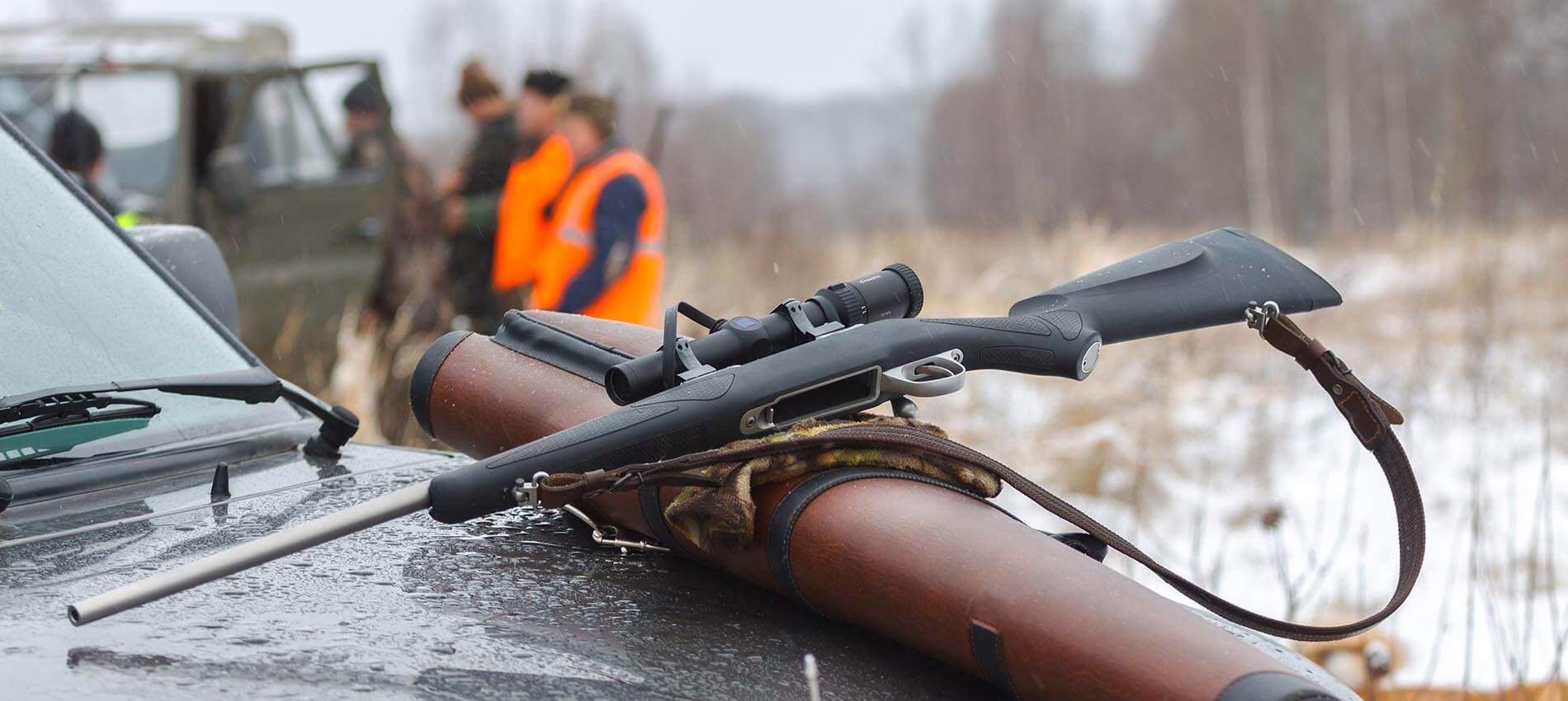According to a 2015 report from The Washington Post, there are an estimated 347 million guns in the United States. Additionally, a Pew Research Center study indicates four-in-ten adult-age Americans own a gun themselves or live in a household with guns.
Ahead of hunting being the major reason for owning a gun (38 percent of respondents to the Pew Research Center’s study), the clear majority (67 percent) report owning a weapon principally for protection. This could be for self-protection or to protect family and property from robbery, for example.
Based on data between 2012-16 from the Centers for Disease Control, there have been approximately 500 deaths each year caused by accidental firearm discharge. Beyond the unquestionable tragedy of each life lost, an even greater tragedy is perhaps that, with the right knowledge about gun safety, many of these deaths could be prevented.
For this reason, all gun owners should have a sufficient understanding of gun-safety etiquette. Whether you are a seasoned pro or a beginner looking for the basics about how to handle firearms safely, our guide below offers some commonsense but essential tips about gun safety.
Treat your firearm as if it is loaded
This is one of the first gun-safety rules that you need to observe. Even if you know that the gun isn’t loaded, always—always—treat it as if it is loaded. This will help you avoid accidents because you will know to hold your firearm with caution, whether it is loaded or not.
Do not aim at something if you have no intention of shooting
Accidental shootings are common when it comes to handling guns. You should never point the muzzle at something if you are not shooting. Self-defense situations, notwithstanding, never point a gun towards someone. Doing that can be regarded as a crime even if you were just joking. In short, ensure that the muzzle of your gun never points at something unless you intend to shoot.
Keep your fingers away from the trigger
You should never take chances when you are dealing with firearms. If you are negligent, you can end up shooting by pulling the trigger accidentally. As a general gun-safety rule, always ensure that your finger is off the trigger until the moment you want to fire the shot. If you are not ready to fire, do not put your finger on the trigger.
Know more about your target and what is beyond the target
Sometimes you can aim and shoot at your target and end up shooting other things or people beyond the target. Always ensure that you aim at what you intend to shoot. If you are not sure about your target, you should avoid shooting because there are high chances of collateral damage.
Do not shoot on hard and flat surfaces
The main reason not to do this is because of the possibility of causing a ricochet, which can injure or kill a person. Avoid shooting on rocks or water; instead, shoot at dirt or sand. Shooting at water can be dangerous because the ammunition may skip off the surface.
Know your gun
How much do you know about your gun? It is unfortunate that many firearm owners know very little about their firearms. It doesn’t matter what type of firearm you own, you should know this weapon inside and out. Whether you have a shotgun, rifle, pellet gun or a pistol, safety begins by first familiarizing yourself with your firearm. Read the manual and understand the gun’s safety mechanisms and other safety essentials about handling and equipping your gun.
Maintain your firearm
To ensure a safer, more reliable gun, you must maintain it frequently. This involves regular cleaning and lubrication, even if you have not fired for some time. If you carry a pistol every day—aka, an everyday carry, or EDC, gun—they are prone to rust because they come into contact with sweat regularly. If you have an EDC gun, you should clean it at least once in a week.
Shooting gear
When you are out shooting on the range, it is crucial to wear protective shooting gear like ear and eye protection. Eye protection prevents debris and other particles from getting in your eyes. Of course, ear protection prevents ear damage. Hearing damage takes place at 140 decibels, while a gunshot produces over 160 decibels. So unless you want to go deaf, you should never attend shooting practice without ear protection. At home, storing your gun in a secure, locked location like a gun safe is critical to preventing the unintended use and access of your weapon.
Some final thoughts
Guns are important in many of our lives for self-defense or recreational activities like hunting and sport shooting. However, they do pose a lethal danger if they are not handled with care. This is why it is important for any carrier or owner of gun to know as much as possible about gun safety, as well as to practice what they learn at all times when handling a weapon.
Whether you are a pro shooter or a novice, the above gun-safety tips will help gun owners become safe firearm owners and hopefully avoid accidental discharges. There are many other gun safety tips but the above are the most critical. For more information, many local police jurisdictions, shooting clubs and other gun-safety organizations offer online as well as in-person training to educate gun owners about gun-safety best practices.

